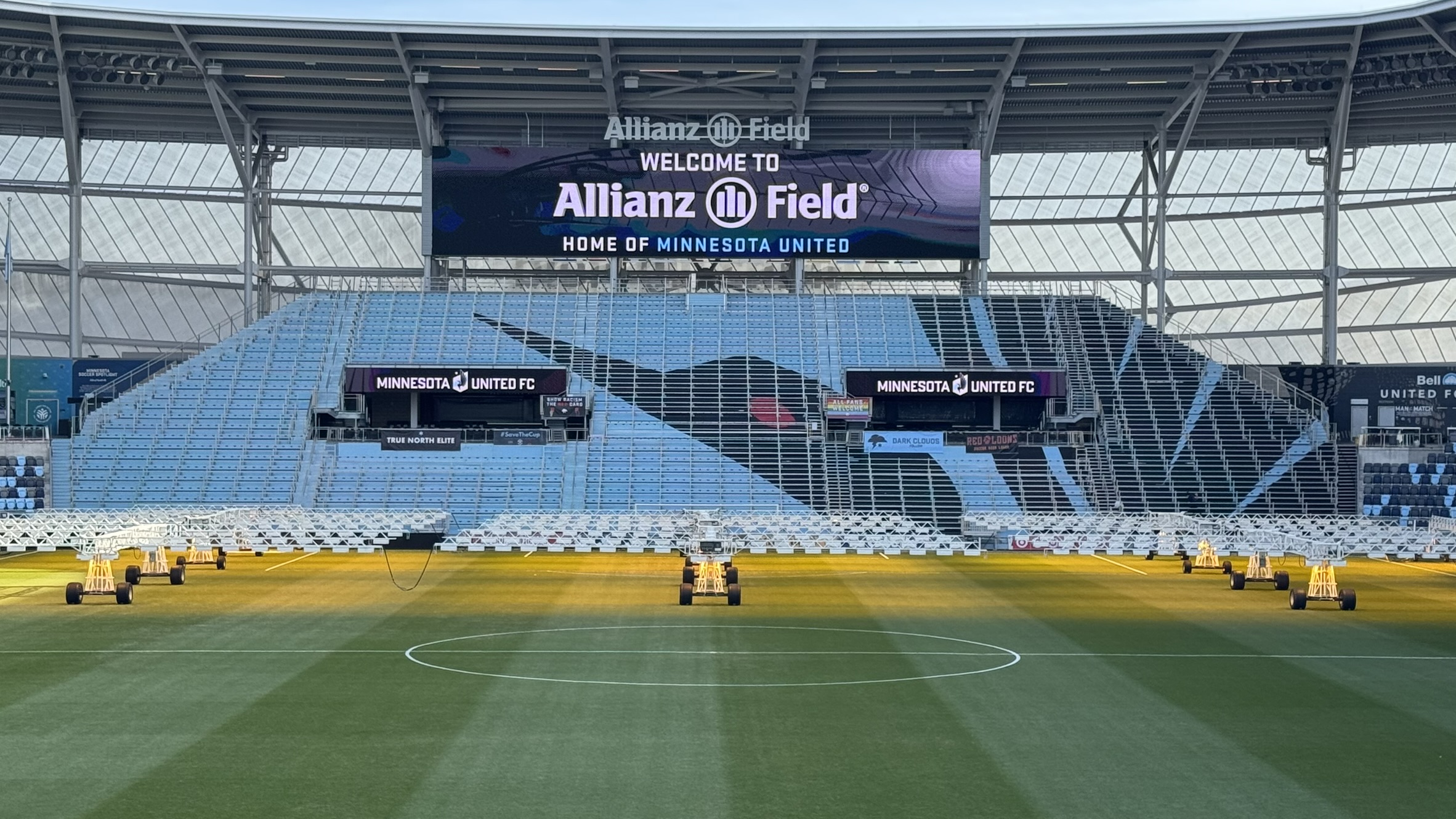In case you haven’t heard, Minnesota United officially claimed Julian Gressel off waivers from Inter Miami, ending a bit of a saga that took about a week to resolve.
Before getting too far into his fit with the team, let me lay some groundwork:
- Julian Gressel is a terrific player, unquestionably talented, and an asset everywhere he’s played. I genuinely do not understand why he got frozen out in Miami. Maybe he’s a Everton/Real Madrid fan and Javier Mascherano found that absolutely intolerable. Maybe he microwaved fish in the locker room.
- Julian Gressel is hard to value correctly and, if not used in a way that maximizes his skillset, may feel less productive than he actually is.
Armed with those two facts, let’s dive in to the newest Loon.
Gressel was taken 8th overall in the 2017 MLS draft by Atlanta United, seven picks behind former Loon Abu Danladi and one pick ahead of former Loon Niko Hansen. He played three seasons for the Five Stripes, recording at least 14 goal contributions (goals + assists) in each.
Since leaving Atlanta, Gressel has bounced around quite a bit: 2.5 seasons in DC, 31 games across two seasons with Vancouver, a half-season with Columbus, and a season with Inter Miami. Every season he has played 25 games or more for any one team, he’s given them 10 or more G+A and even when he has moved mid-season, he has still been productive, but a bit less as he finds his fit.
It would be unkind to call Gressel a one-hit wonder, but just like the Quad City DJs made the global dance sensation “C’mon N’ Ride It (The Train)” and also the Space Jam theme song, Gressel has one skill that needs no explanation and a few others that do.
As a crosser of the ball, either from open play or a dead ball, there are few in MLS better than Gressel — in fact, there are few better on this side of the planet. In 2024, Gressel’s 37 successful crosses put him in the 98th percentile of all attacking mids/wingers in any North or South American league. His 36% cross accuracy is in the 83rd percentile, and of his nine assists — which puts him in the 98th percentile — five came on goals scored by a teammate’s head.
His prowess as a crosser is beyond debate. What makes Gressel more than just a one-tool player, however, is harder to see statistically. Check out these two radars from fbref.com:
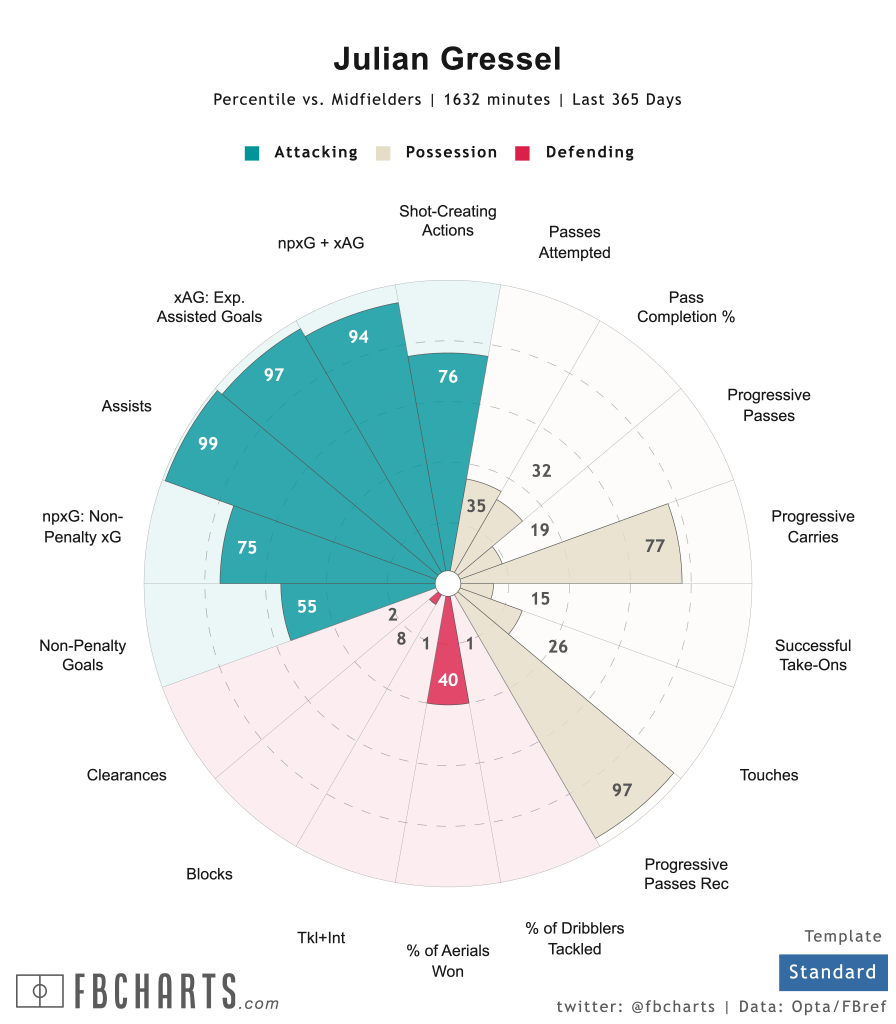
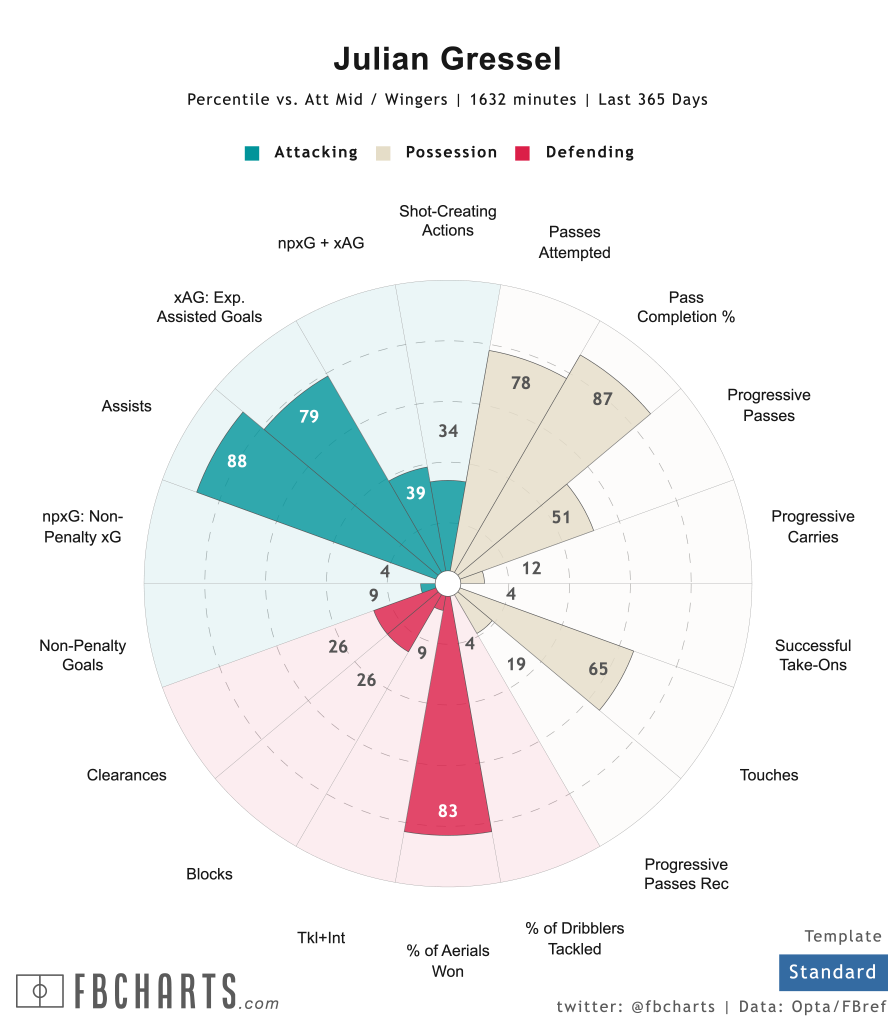
Both are Gressel and the time period is the same; what creates the huge variation between the two is the group Gressel is compared to: In the first, his ranks are vs all midfielders, while the second shows him compared to attacking midfielders and wingers.
Percentile ranks and radars like these are often used to illustrate just how far above average a particular skill is for player, but in this case, the variation between the two shows that Gressel has a fairly well-rounded game behind his crossing, though perhaps not another truly elite skill.
He’s both a high-volume and fairly successful passer compared to other attackers, but compared to metronomic midfielders like Houston’s Jack McGlynn or the Crew’s Darlington Nagbe, he’s less impressive.
He carries the ball forward perfectly well for a midfielder, but pales in comparison to true attacking mids like new Timbers signing David da Costa or Carles Gil of the Revs.
This means that Gressel offers a balanced approach, which is why if he’s not in position to put in crosses, he doesn’t have one other standout trait to highlight. Balanced output is less obviously useful than skills in the 99th percentile, but it also makes him harder to defend.
He’s comfortable with the ball at his feet, but much more likely to pass to keep possession than dribble past someone. He’s capable of breaking down a defense sitting deep, but not always looking for the killer through-ball to the exclusion of more methodical build-up play. Defenders can’t simply cut off one outlet and nullify him.
That balance and patience will help Minnesota address their biggest weakness currently: breaking down teams that are set up in a low block.
When the Loons are allowed to work on the counterattack, they’ve been lethal, but smart teams have figured that out and aren’t pushing numbers forward and leaving space open behind. Since their win over NYCFC on April 6, when they had 27% possession, Minnesota’s opponents have forced them to keep more of the ball, resulting in possession totals of 52%, 47%, and 42%. The Loons went 0-2-1 in those games.
With Gressel in the side, if teams want to sit deep and keep the Loons in front of them, that’s going to afford him more than enough time to put in a cross to the head of Tani Oluwaseyi (6’2”) or to the back post where Joseph Rosales or Joaquin Pereyra have made a run.
What remains to be seen is what this will do to Minnesota’s formation. Neither Gressel nor Bongi Hlongwane is a true two-way winger and they bring very different skillsets to the position.
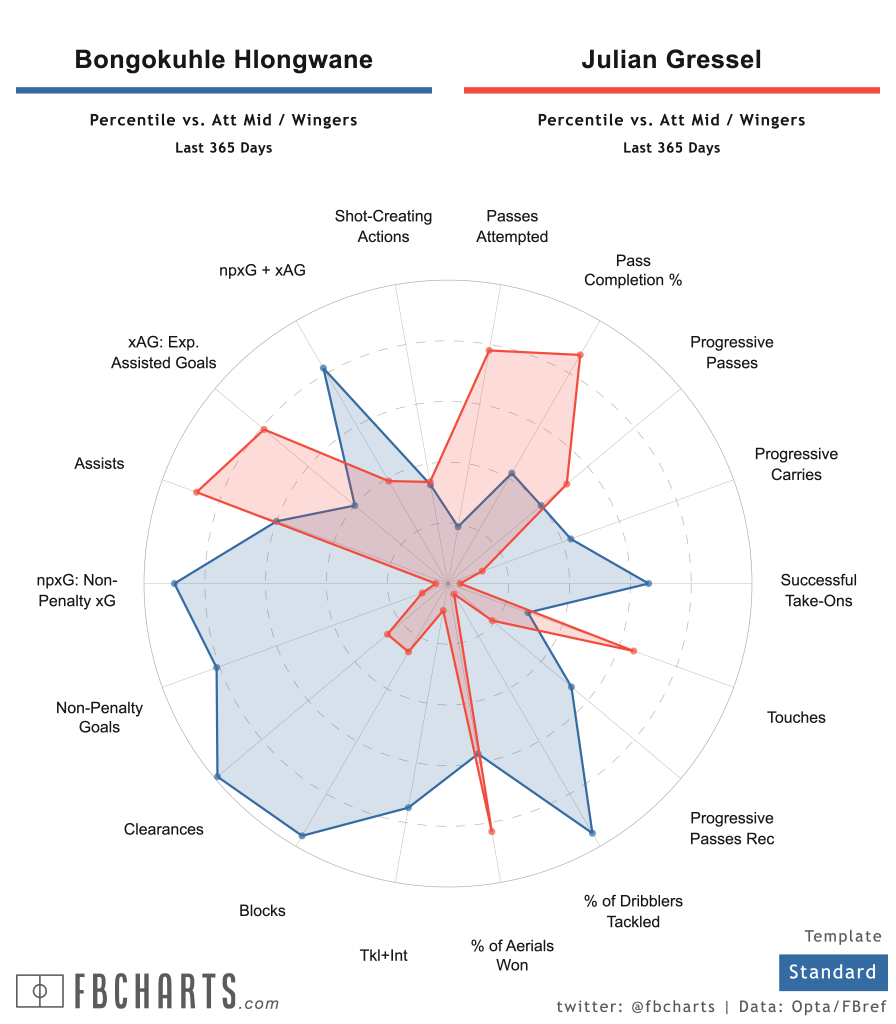
I see two paths forward here: Either Gressel starts, directly replacing Hlongwane, which would allow Bongi to either come off the bench and attack tired defenders, or the Loons can move to a three-attacker formation.
The former could look something like this:
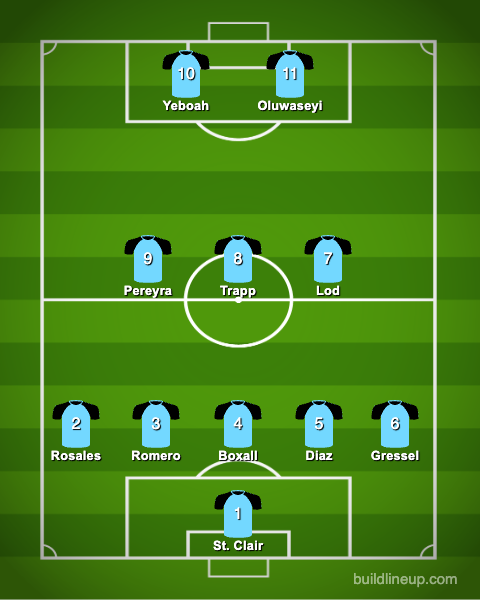
Whoever is in the back three — Jefferson Diaz or Carlos Harvey in most circumstances — has extra defensive responsibilities in this case because Gressel doesn’t have Hlongwane’s make-up speed. Both are adequate 1v1 defenders, though neither is remarkably good. Michael Boxall is a fine rotational defender, but is going to be more effective against passes into the area from the wing than sliding over to cover if Romero or Harvey get beat. If the Loons do use this formation, expect tactical yellows from Wil Trapp.
Alternatively, if Eric Ramsay wants to keep both Hlongwane and Gressel on the field — a strategy that would be highly disruptive to a low block — something like this might work:
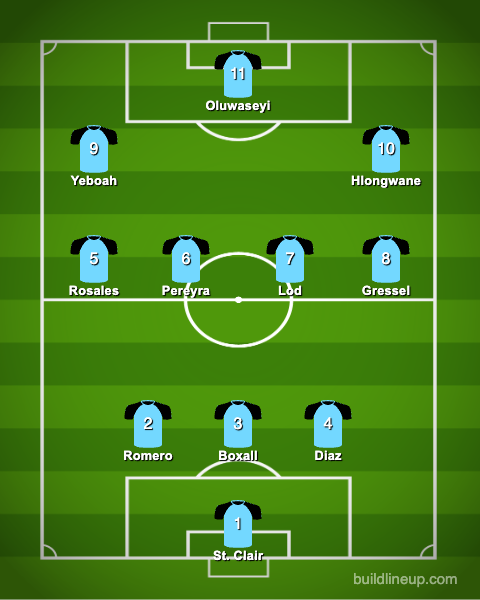
In most circumstances, Trapp probably starts over Robin Lod or Pereyra to balance the team a bit more front-to-back. But in a game where the opposition is going to play for a 0-0 draw, this lineup makes that brutally difficult. Seven of the Loons 11 players absolutely must be accounted for when they have the ball. Any one of the front seven can unlock a defense and they offer a variety of ways to do it.
The downside is equally clear. Lod ends up with a huge amount of two-way responsibility and a pass over the top almost certainly creates a 1v1 situation. This is the kind of risk/reward calculation the Loons were on the other side of to start the season, especially the win over San Jose and draw against Sporting KC.
Gressel is a great fit for the team, but isn’t quite a plug-and-play improvement, so Ramsay will have to balance his risk tolerance with the opportunity to dictate the game in a way they currently can’t. Starting a game in a 3-4-3 or similar and getting a first-half lead — especially on the road — creates the opportunity to move back into the more familiar 3-5-2 to see out games against opponents who won’t have the luxury of sitting back and trying to catch the Loons out.
There’s no doubt Gressel makes Minnesota better. Any time you can get one of the best big chance creators for nothing more than salary, it ought to be a no-brainer, but Minnesota’s front office deserves a lot of credit for getting the deal across the line in the face of stiff competition.
Brass tacks: Does Gressel’s addition make the team more likely to win a trophy this season?
It does. He makes the team harder to defend, gives Ramsay flexibility he hasn’t had, and will allow more rest for the attackers. Exactly how he fits in is a good test of Ramsay’s tactical acumen, but that’s a good problem to have.
